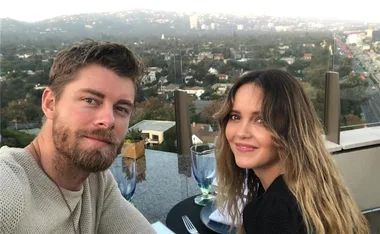Australia has the third-lowest adoption rate in the Organisation for Economic Cooperation and Development (OECD) – but why?
The OECD has 34 member countries, including the UK, US, Canada, France and Germany, as well as developing nations like Chile, Turkey and Mexico.
Advocates say there are several reasons for this.
1. The system is haphazard
The federal government looks after the inter-country relationships and overseas projects, but the states govern the actual application process, resulting in a confusing quagmire of bureaucracy.
For each country the requirements for applicants are different (some require prospective parents to be a certain age, or attend a certain church, or to have only been married once and for at least two or three years).
The rules also differ from state to state. In NSW, you can only adopt if you are aged under 45: in Queensland there is no limit. Victoria does not allow same-sex couples to adopt, but Western Australia does if they have been together for three years.
2. Adoption is low on governments’ priority list
Streamlining the system to make it more effective would take money, effort and commitment, but there has been no sign of that from federal and state governments.
3. Governments are keen to avoid scandals
Governments shy away from the concept of adoption because they fear child trafficking or accusations of exploitation if a child presumed to be an orphan, for example, is later claimed.
Why should we care about adoption rates?
There are hundreds of thousands of children around the world who are genuinely orphaned, and would have access to better education, health care and opportunities if they could be adopted by a family in a developed country.
Moreover, there are thousands of families in Australia who would love to give these children homes because they are not able to have children, or would prefer to adopt a child than go through IVF.
However, they do not consider adoption a possibility because of the time, energy and resources involved, which often amounts to many years and tens of thousands of dollars.
Related: Fed-up couples giving up adoption dreams
What needs to be done?
Adoption advocates and the team at National Adoption Awareness Week would like governments to take a few simple steps to improve the way international adoptions are processed in Australia.
Appoint an oversight body to pull together state and federal policies and turn them into one, consistent national approach.
Dedicate more money and resources to strengthening inter-country relationships and making the process faster for families.
Solve the mystery of how many adoptees are living in Australia (no-one knows this figure) by adding a question to the next census.
Encourage a more adoption-friendly culture by acknowledging the positive effects adoption can have on families and the community.
The Weekly sought a response from the federal attorney general’s department. A spokesman said the government recognised the role of intercountry adoption in creating families, but many of the variables were due to different criteria and demands set by overseas countries.
The Intercountry Adoption Harmonisation Working Group was also trying to improve consistency by standardising things like adoption assessment. However, the number of healthy children in need of intercountry adoption was declining, he said. Most children put up for adoption are older or have medical problems.
For more information or to join the campaign to change adoption laws, visit National Adoption Awareness Week or email [[email protected]](/mailto:[email protected]).
Your say: Do you think the Australian government should make it easier for people to adopt children from overseas?
Video: Deborra-Lee Furness discusses her adoption battle




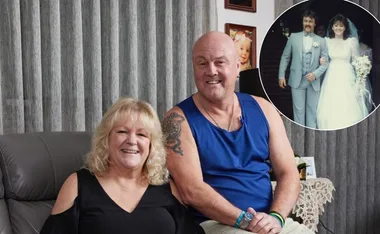

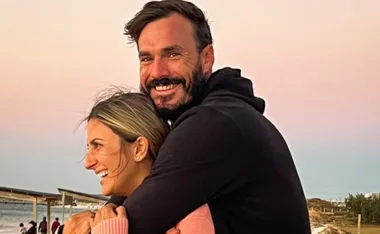
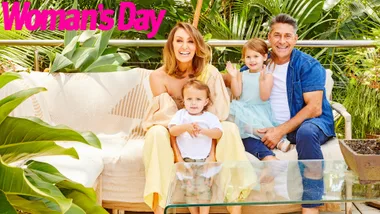


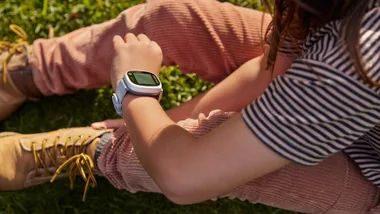





.png?resize=380%2C285)
.jpg?resize=380%2C285)




.png?resize=380%2C285)

